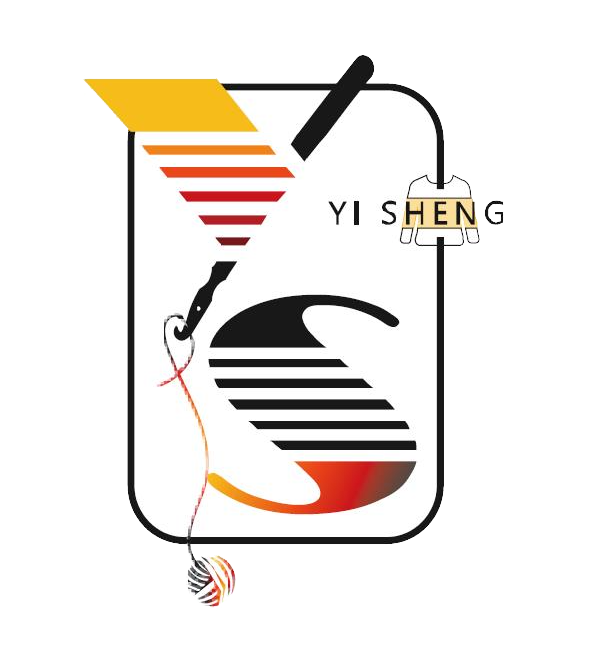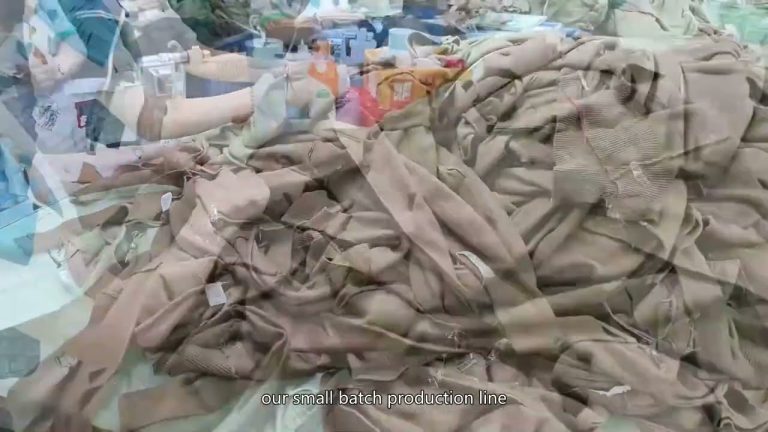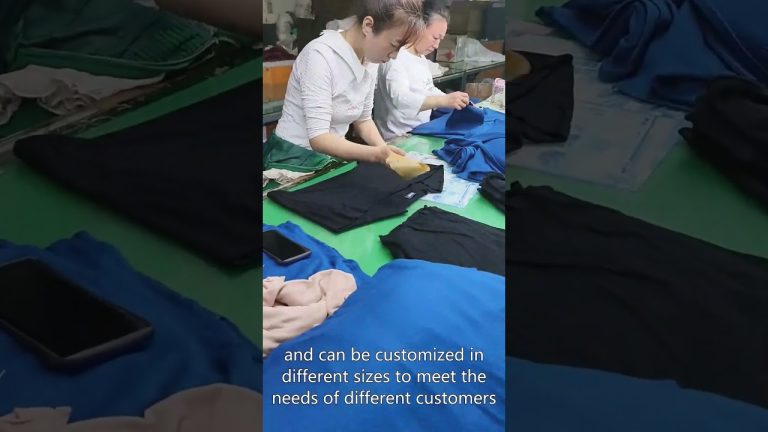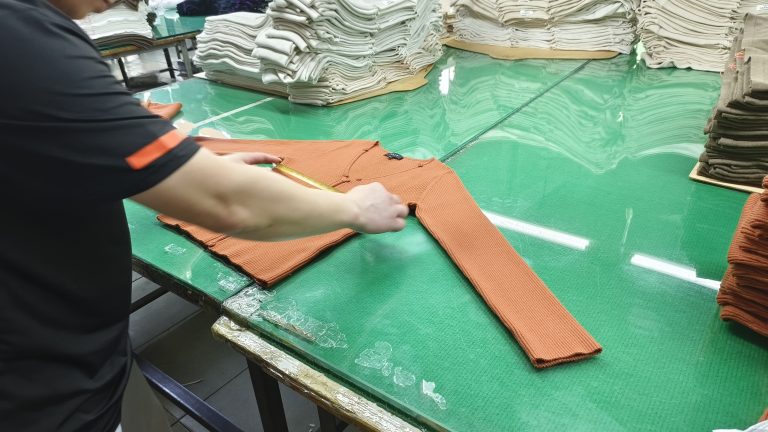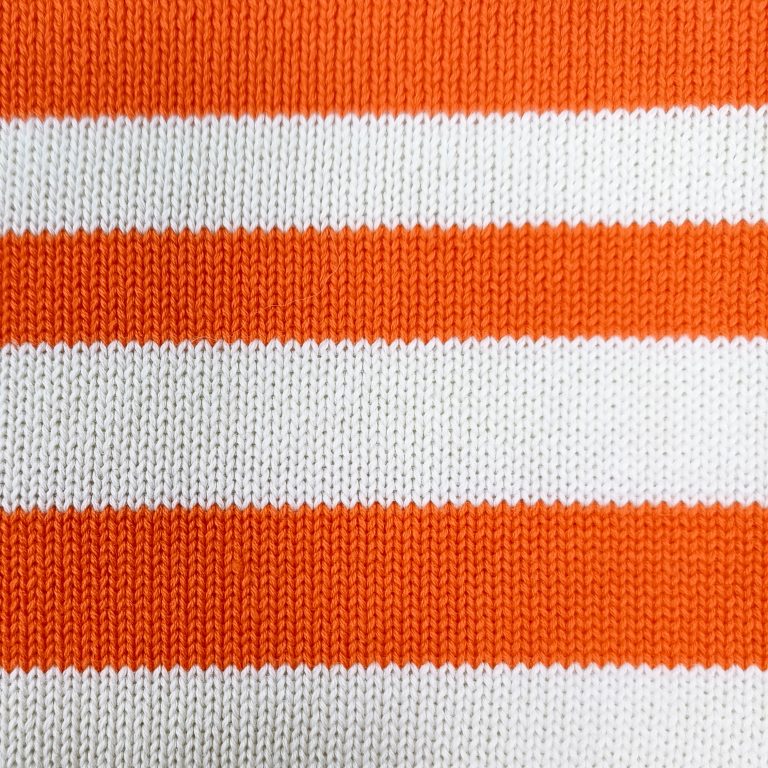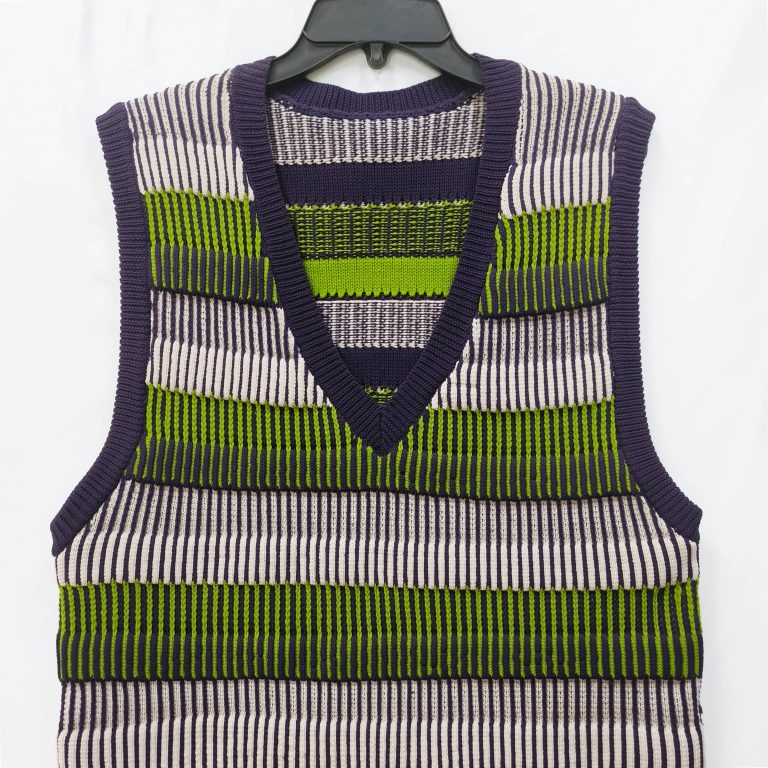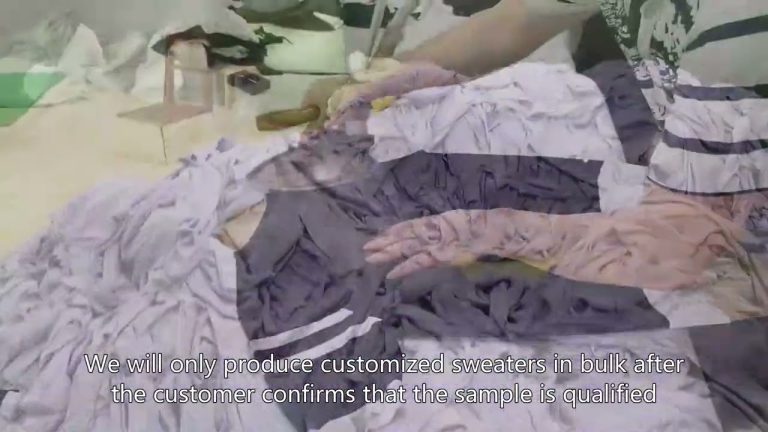The Process of Cashmere Scarf Manufacturing: From Fiber to Finished Product
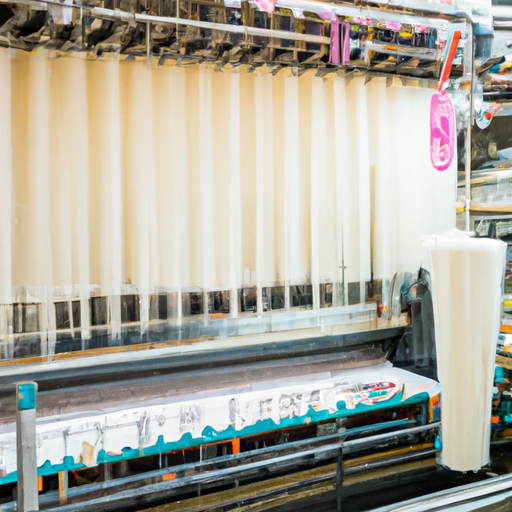
Cashmere scarves are a luxurious accessory that can add style and warmth to any outfit. But have you ever wondered how these beautiful scarves are made? In this article, we will take a closer look at the process of cashmere scarf manufacturing, from the fiber to the finished product. It all starts with the cashmere fiber, which comes from the soft undercoat of cashmere goats. These goats are primarily found in regions such as Mongolia, China, and Iran, where the climate is cold and harsh. The goats naturally produce this fine fiber to protect themselves from the extreme temperatures. Once the cashmere fiber is collected, it goes through a series of steps to transform it into a scarf. The first step is sorting, where the fibers are separated based on their length, color, and quality. This ensures that only the best fibers are used in the manufacturing process. After sorting, the fibers are thoroughly cleaned to remove any dirt, oils, or impurities. This is done through a process called scouring, where the fibers are washed with a mild detergent and water. The cleaned fibers are then rinsed and dried, ready for the next step. The next step is carding, where the fibers are aligned in the same direction to create a smooth and even texture. This is done using a machine called a carding machine, which combs the fibers and removes any remaining impurities. The result is a fluffy and soft material that is ready for spinning.
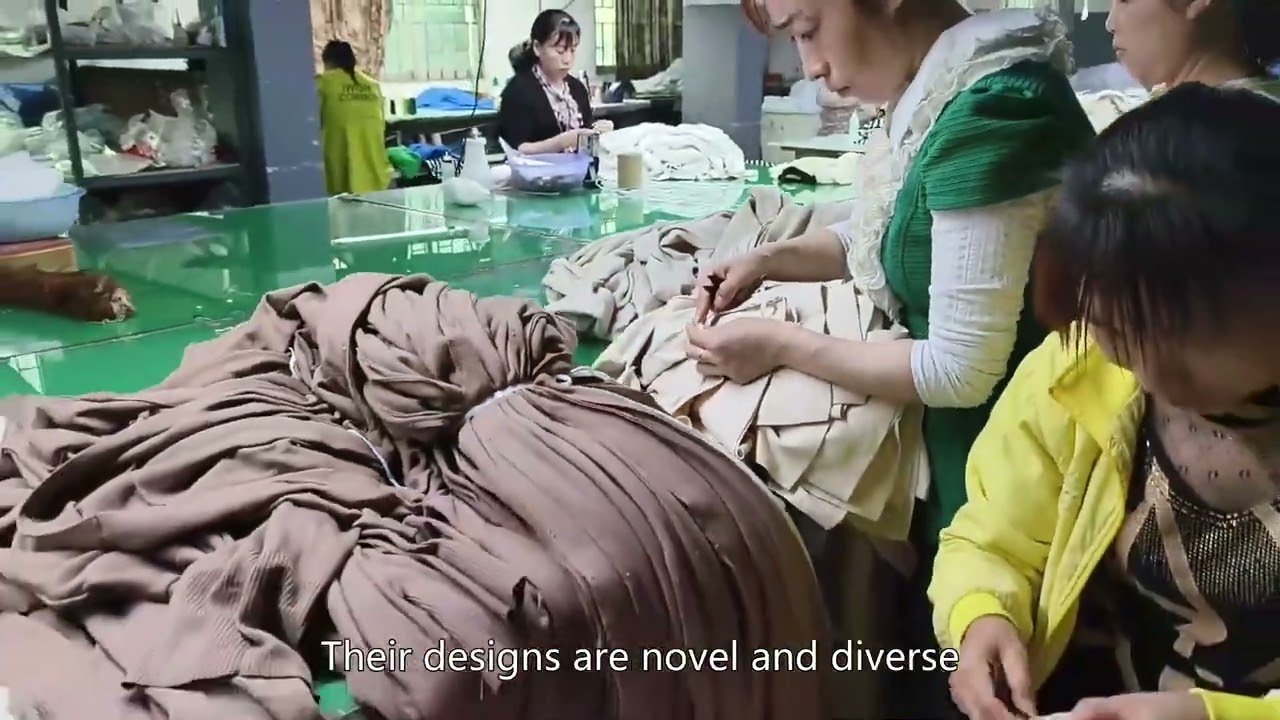 Spinning is the process of twisting the fibers together to create yarn. This can be done using a spinning wheel or a spinning machine. The yarn is then wound onto bobbins or cones, ready for the next step.
Once the yarn is ready, it is time for weaving. Weaving is the process of interlacing the yarn to create a fabric. This can be done using a handloom or a power loom, depending on the scale of production. The woven fabric is then inspected for any defects and repaired if necessary.
Spinning is the process of twisting the fibers together to create yarn. This can be done using a spinning wheel or a spinning machine. The yarn is then wound onto bobbins or cones, ready for the next step.
Once the yarn is ready, it is time for weaving. Weaving is the process of interlacing the yarn to create a fabric. This can be done using a handloom or a power loom, depending on the scale of production. The woven fabric is then inspected for any defects and repaired if necessary.
